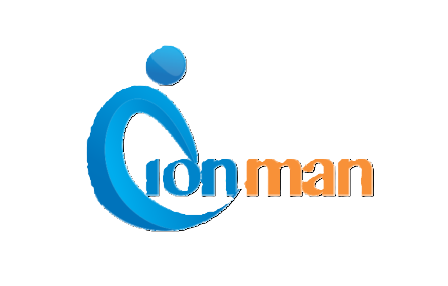What is Sentinel?
Sentinel is a leading safety management system used throughout the UK rail industry. It provides rail workers with a secure ‘passport’ to access and work safely on the rail infrastructure. Designed to be smart, safe, and simple, Sentinel uses modern smartcard technology, a trusted central database, and can be accessed via multiple platforms, including smartphones. This allows real-time verification of a worker’s competence and fitness to work.
Sentinel serves as an Authority to Work system, ensuring only properly trained and certified individuals are permitted on the railway. Managed by Network Rail on behalf of the industry, Sentinel operates under a set of standards known as the Sentinel Scheme Rules, which outline responsibilities, policies, and consequences for non-compliance.
What Is a Sentinel Card and Who Needs One?
The Sentinel card—formerly known as the Personal Track Safety (PTS) card—proves that an individual has completed the necessary training and is employed by or sponsored by an approved company. Without a valid Sentinel card, Network Rail cannot confirm that someone has met training requirements or is working for an authorized employer. The card simplifies the process of verifying workers’ qualifications. On-site, workers must present their card to gain access. If they cannot present a valid card, they will not be permitted to work. This system ensures that only individuals with up-to-date training and the required skills are performing critical work on the rail network.
A Brief History of Sentinel
Sentinel has been in use since 1999 to ensure that individuals working on or near Network Rail infrastructure possess basic competencies and meet medical fitness standards. Originally a paper-based system, it provided a centralized method to track qualifications like PTS, Industry Common Induction (ICI), and Drug & Alcohol certifications.
However, the paper-based model had limitations: card reissues were frequent, and verification was difficult and rarely completed fully, even with a telephone hotline.
In 2013, the system was overhauled. New cards with embedded electronic chips were introduced, enabling real-time verification through smartphones, computers, or QR code scanners. By 2014, Transport for London became the first external rail entity to adopt the system.
Continuous improvements have been made since 2016, focusing on user experience. In 2021, Network Rail (High Speed) also adopted Sentinel, extending its use for managing Authority to Work on their infrastructure

How to Obtain a Sentinel Card
To get a Sentinel card, you must be sponsored by an approved employer. Here's the typical process:
- Find a Sponsor: An approved company must agree to sponsor your training.
- Complete Training: Attend a course at a licensed training center, delivered by certified instructors using Network Rail-approved materials.
- Medical Fitness and D&A Test: Pass a medical exam and a Drugs & Alcohol test.
- Receive Your Card: After successful completion, your information is uploaded to the Sentinel database, and your card is issued.
